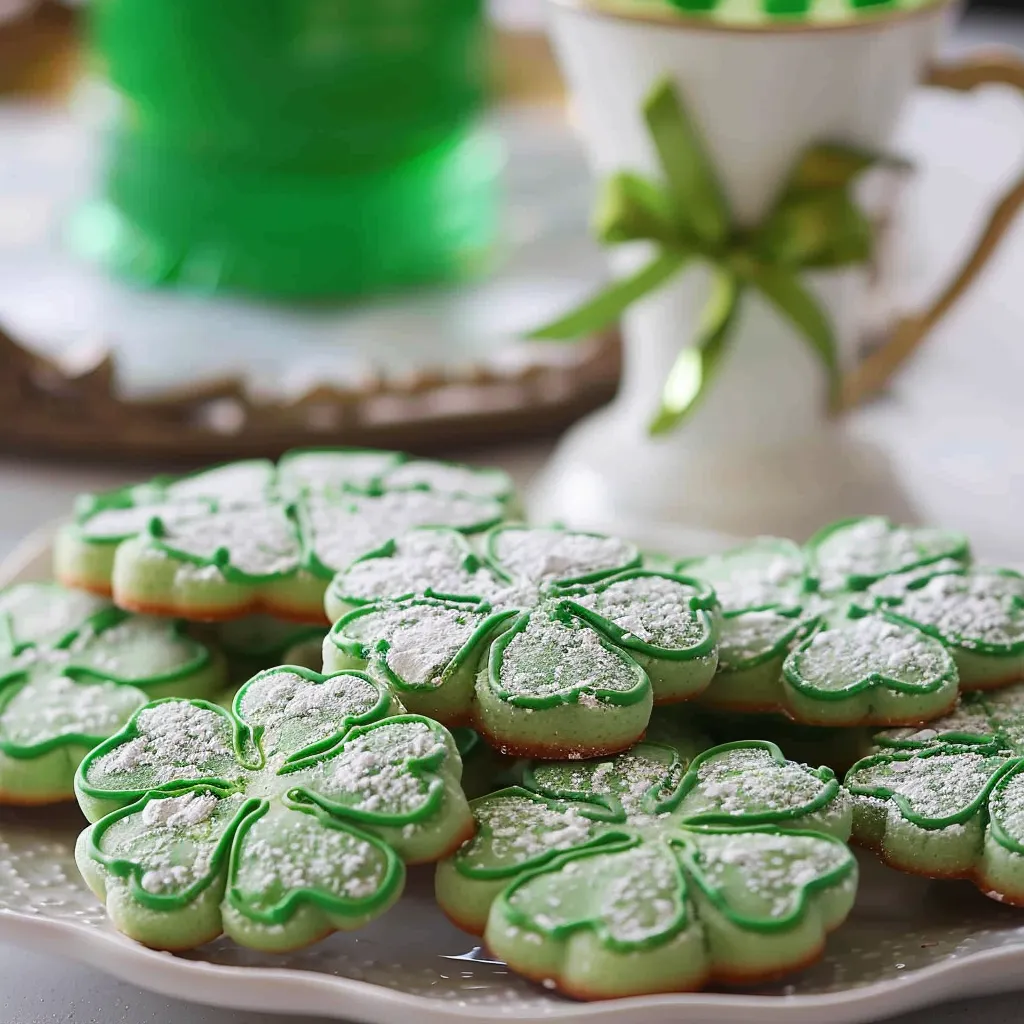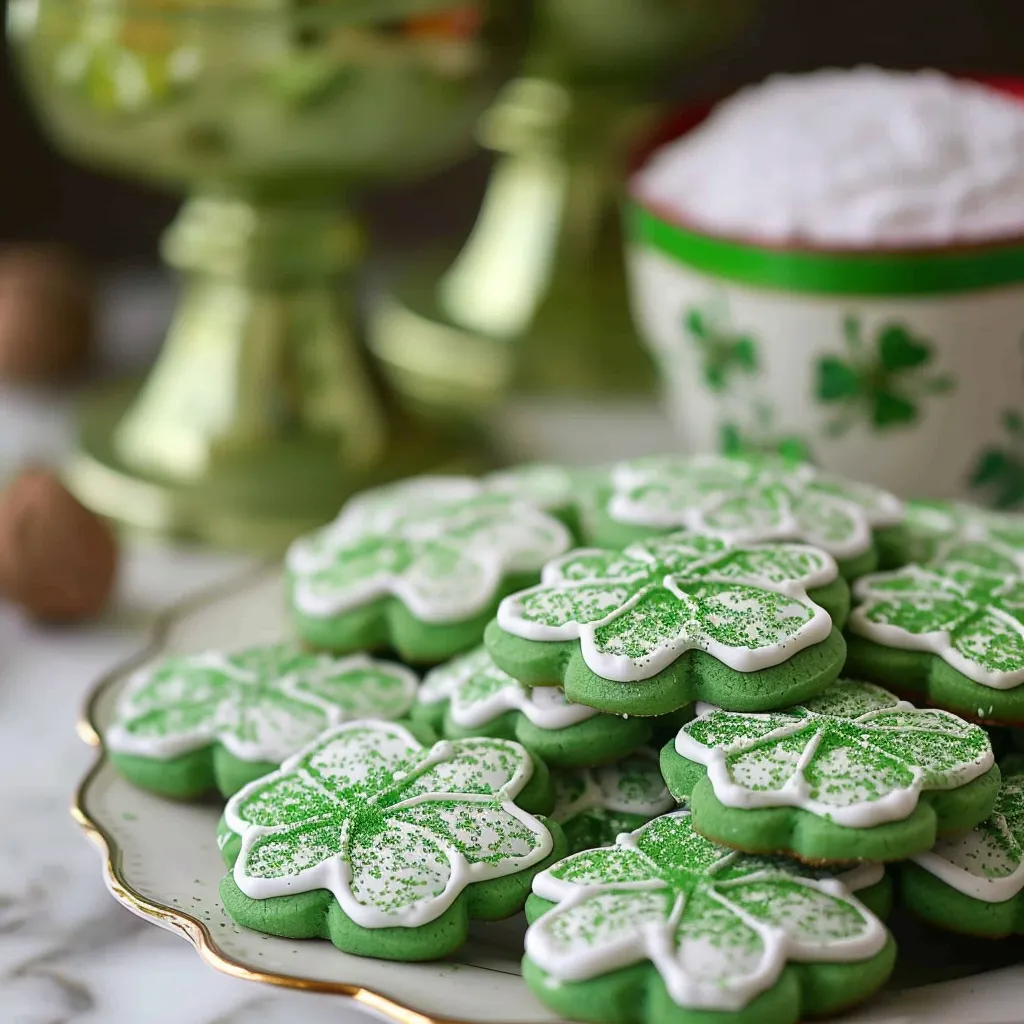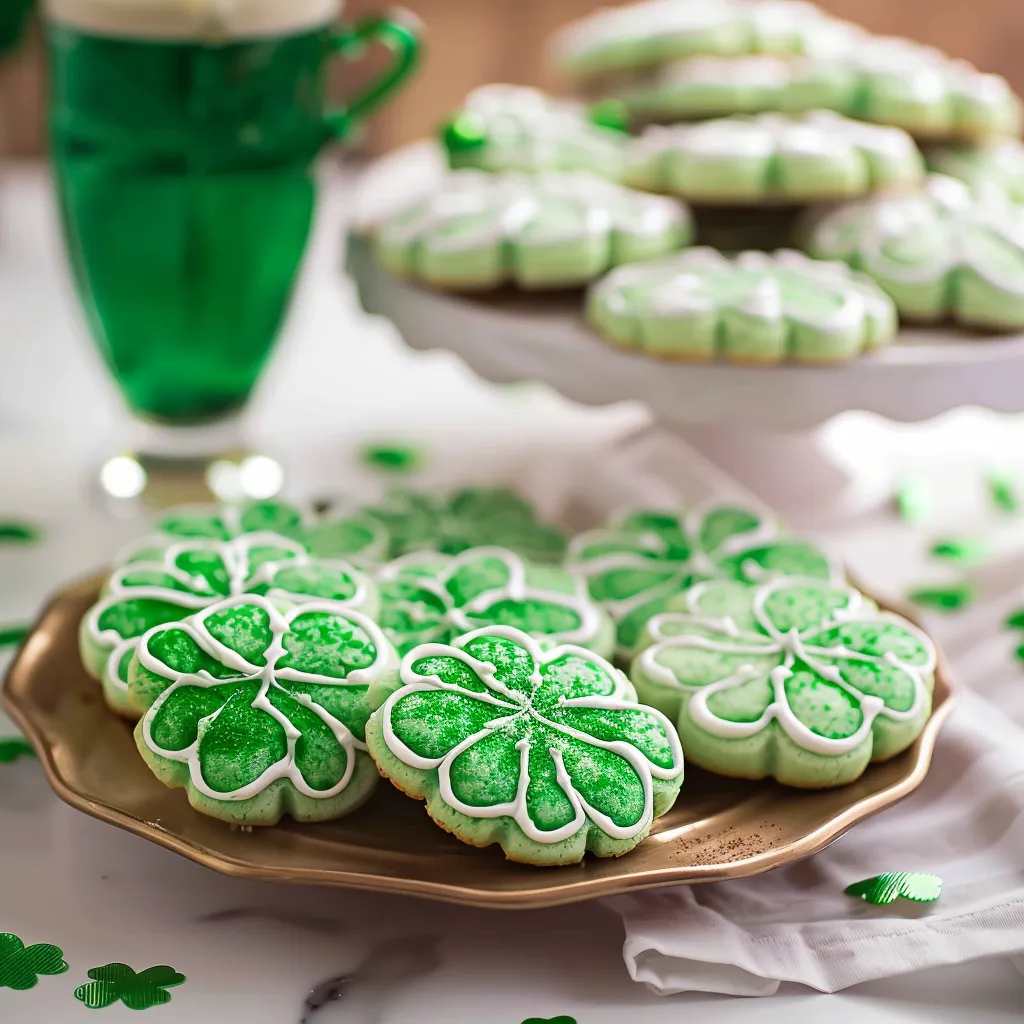 Pin it
Pin it
One bite of a freshly made King Cake whisks you away to New Orleans' bustling Carnival scene. This must-have Mardi Gras sweet features soft, buttery dough wrapped around cinnamon filling, topped with a simple frosting and sprinkled with the signature purple, green, and gold sugars that stand for justice, faith, and power. It's way more than just a tasty treat—it captures the fun, community feel of Mardi Gras and makes any Fat Tuesday party complete.
When I made this for a small Mardi Gras get-together last year, my buddy from New Orleans said it was spot-on authentic. The key is getting that dough just right and giving it plenty of time to rise—that's what creates the brioche-like fluffiness you want in a real King Cake.
Key Ingredients and Smart Shopping Advice
- Active Dry Yeast: Makes your dough light and airy. Mix it with warm milk to wake it up properly.
- All-Purpose Flour: Gives your cake structure but keeps it tender. Go for unbleached for better taste.
- Butter: Pick unsalted European butter with higher fat for a tastier dough.
- Eggs: Take them out of the fridge early—room-temperature eggs mix in better and enrich the dough.
- Milk: Stick with whole milk for the softest results. Warm it to about 110°F to get the yeast going.
- Brown Sugar: Either light or dark works fine—dark gives you more of that molasses kick.
- Colored Sugars: Look for bright, chunky sugars in traditional Mardi Gras colors (purple, green, gold).
 Pin it
Pin it
Step-by-Step Baking Guide
- Wake Up the Yeast:
- Mix ¼ cup warm milk (110°F) with 2¼ teaspoons yeast and 1 tablespoon sugar. Wait 5-10 minutes until it gets bubbly.
- Mix Your Base:
- Throw in ½ cup softened butter, ⅓ cup sugar, 1 teaspoon salt, 2 eggs, and 2 cups flour. Slowly add another 2-2½ cups flour while kneading until you get soft dough.
- Work the Dough:
- Knead for 8-10 minutes until it feels smooth and stretchy.
- Let It Grow:
- Put it in a greased bowl, cover it up, and let it sit for 1-1½ hours until it doubles in size.
- Make Your Filling:
- Stir together ⅔ cup brown sugar, 1½ tablespoons cinnamon, and ¼ teaspoon nutmeg.
- Roll It Out:
- Flatten the dough into a 24x12-inch rectangle, smear with 2 tablespoons butter, and scatter the filling on top.
- Shape Your Ring:
- Roll it into a log, bend it into a circle, pinch the ends together, and place it seam-side down on your baking sheet.
- Bake It Right:
- Brush with beaten egg and bake at 350°F for 25-30 minutes until it turns golden.
- Whip Up the Icing:
- Mix 2 cups powdered sugar with 2-3 tablespoons milk and 1 teaspoon vanilla until smooth.
- Add Festive Colors:
- Pour icing over your warm cake and quickly sprinkle with purple, green, and gold sugars.
A Meaningful Cultural Tradition
I first tried King Cake during a trip to New Orleans, where I noticed how this special dessert brought total strangers together. Later, when I baked one at home, I saw firsthand how the excitement of finding the hidden trinket creates instant bonds. This showed me how food doesn't just feed us—it bridges gaps between different backgrounds and invites everyone to join in celebrations they might not know much about.
Mastering the Perfect Texture
My first few King Cakes turned out pretty heavy until I figured out that slightly wetter dough makes it more like authentic brioche. I learned to trust how the dough feels instead of sticking too strictly to exact measurements. Now I adjust based on how humid it is or how the flour behaves. This flexible approach has made me better at all kinds of bread making.
Playing with Tasty Variations
While the classic cinnamon-sugar filling is great, trying new stuff has led to some awesome versions. My friends can't get enough of the praline cream cheese one, and the almond paste filling gives it a fancy twist. These changes show how we can put our own spin on old traditions while still honoring what makes them special in the first place.
Creating New Family Customs
What started as me just trying out a cultural recipe has turned into something my family looks forward to every year. My kids love helping knead the dough and decorate with the colorful sugars. This once-unfamiliar cake now marks the coming of spring for us. It shows how easily we can adopt traditions from other cultures and make them our own through fun, shared experiences.
Making Tradition Work for Everyone
For folks who don't have much baking experience or time, I came up with an easier version using store-bought crescent roll dough. I still keep the ring shape and traditional decorations. This shortcut doesn't make it less authentic—it just lets more people join in the fun, which is what food traditions should do: welcome everyone rather than shutting people out.
Making a King Cake links you to age-old traditions while letting you add your own touch. It's more than just something sweet to eat—it brings people together to celebrate community and enjoy the surprise of finding the hidden prize. Sharing slices and waiting to see who gets the trinket creates memories that last, showing that the best food traditions feed both our bodies and our connections to each other.
 Pin it
Pin it
Frequently Asked Questions
- → Can I switch up the cake mix flavor?
- For sure! Try vanilla, yellow, or even lemon cake mix, as long as the color stays light. Steer clear of chocolate since it affects the green shade.
- → What if I only have liquid food coloring?
- Liquid coloring works too, but you might need more to get the same bold green. Start with 1/2 teaspoon and build up. Gel options are more concentrated and won't mess with the dough's thickness.
- → Why do you use granulated sugar first?
- The granulated sugar shields the powdered sugar and keeps it from soaking in while baking. That way, you’ll get those cool, crisp white cracks.
- → How long will these cookies last?
- Store them in an air-sealed container, and they'll be good for 4-5 days. Pop them in the freezer, and you can enjoy them for up to 3 months.
- → Can I add mint flavor for a festive twist?
- Totally! Add 1/2 teaspoon of mint or peppermint extract for a cool, refreshing kick that goes perfectly with the green theme.
